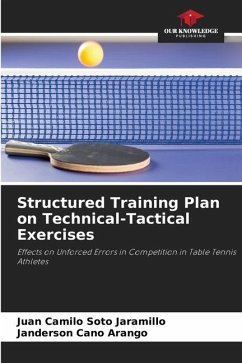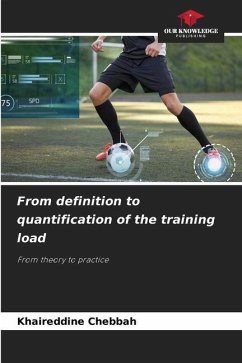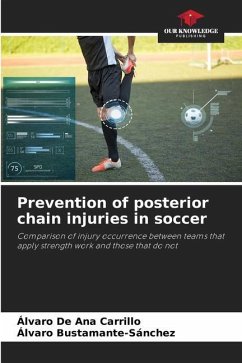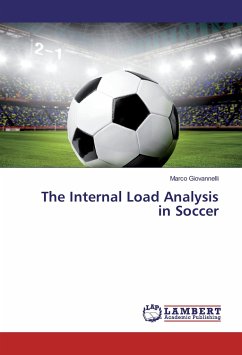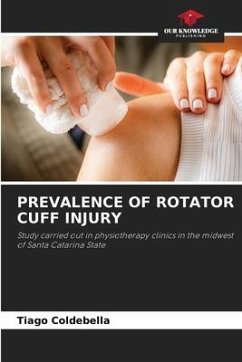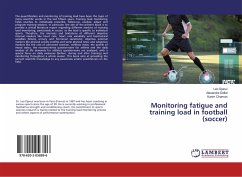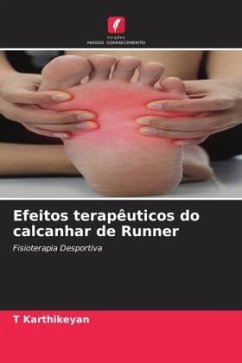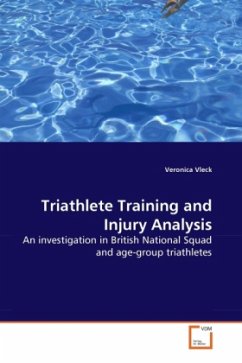
Quantifying training load and runner injury
Versandkostenfrei!
Versandfertig in 6-10 Tagen
40,99 €
inkl. MwSt.

PAYBACK Punkte
20 °P sammeln!
It has been suggested that training errors are the cause of most running injuries. Indeed, some studies agree that poor adaptation of training load represents a significant risk of developing a Running-Related Injury (RRI), particularly in inexperienced runners. Training load, which can be assessed by measuring running frequency, speed, duration, distance and intensity, represents an estimate of the level of demand on the body, and can therefore predict injury risk. The aim of the present systematic review was to compile evidence from articles examining the association between training load an...
It has been suggested that training errors are the cause of most running injuries. Indeed, some studies agree that poor adaptation of training load represents a significant risk of developing a Running-Related Injury (RRI), particularly in inexperienced runners. Training load, which can be assessed by measuring running frequency, speed, duration, distance and intensity, represents an estimate of the level of demand on the body, and can therefore predict injury risk. The aim of the present systematic review was to compile evidence from articles examining the association between training load and running-related injuries, and to establish a causal link between these variables.





